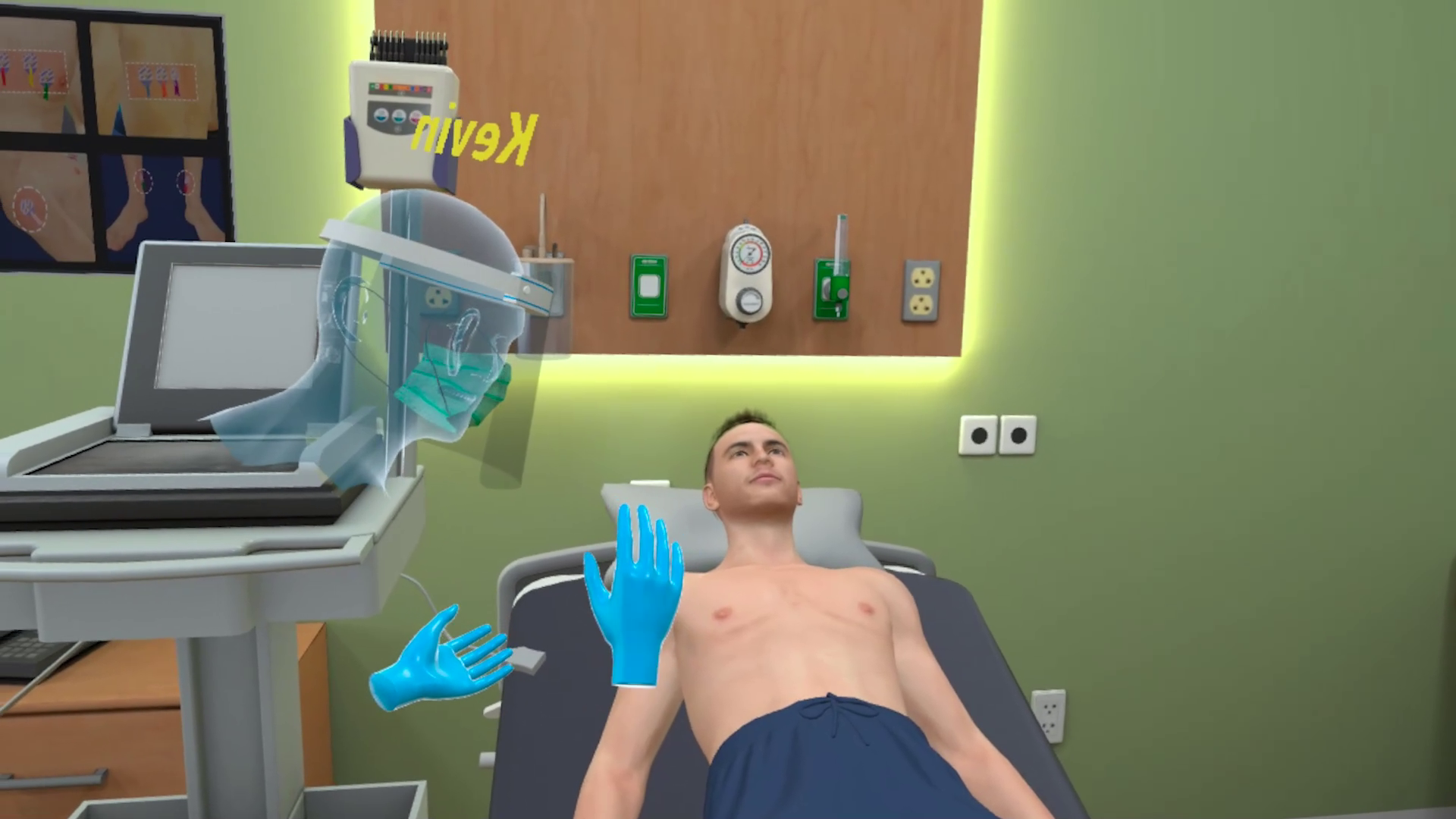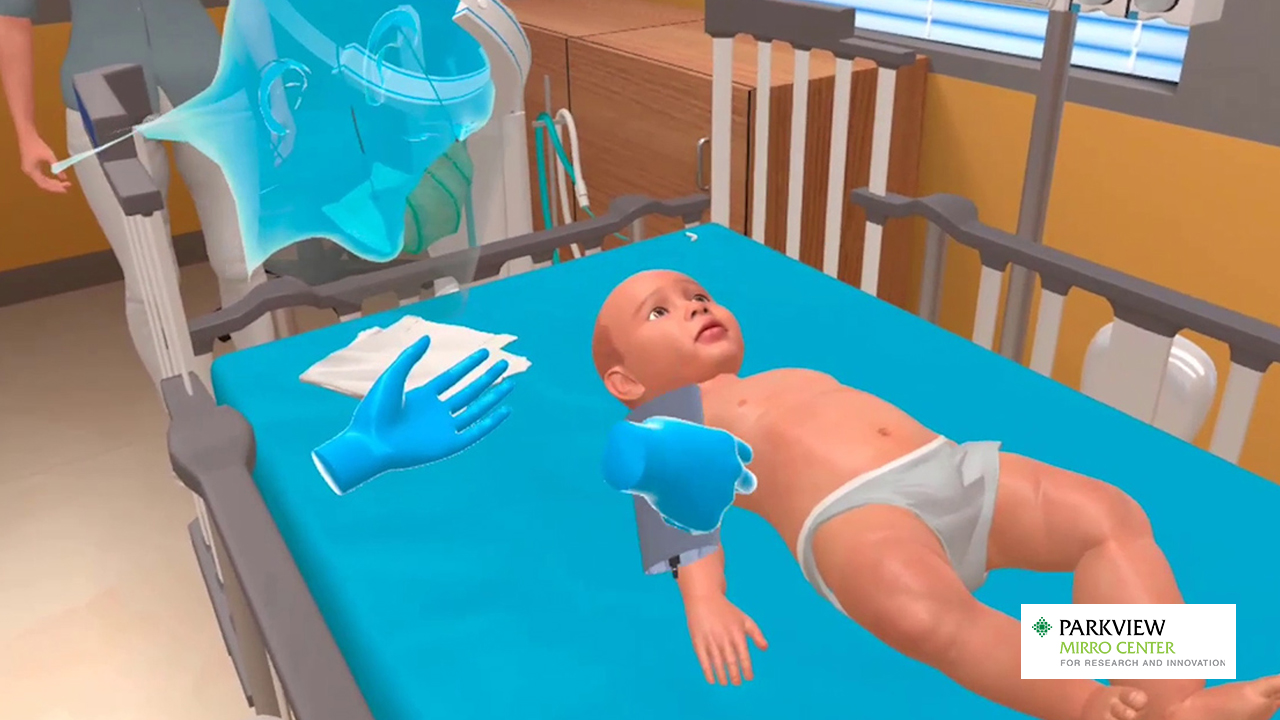
Clinical simulation is a beneficial pedagogical approach allowing medical students to practice decision-making and clinical skills while rehearsing the behaviors. Besides, it also works as an effective tool for educational models that evaluate skills learning through different real-life situational experiences without causing any risk to institutional resources or clients. Often it becomes a challenge for educators to deliver compelling content in innovative manners. However, the use of VR or Virtual Reality has proved to be an effective medium that delivers immersive content. Besides, the thoughtfully and meticulously designed VR content helps nursing students develop problem-based learning skills and critical thinking in highly immersive and engaging environments. VR also helps stimulate students’ interests and impede them from becoming mere passive observers.
How important is the use of VR in healthcare?
Clinical simulation in VR is usually used by different disciplines around the spectrum of healthcare. Usually, there are three major areas where the use of VR is mostly seen – clinical, therapeutic, and education and training.
1. Clinically, VR is used to simplify procedural and skill development procedures like laparoscopic skills.
2. For therapeutic purposes, health practitioners often use virtual reality simulations with their patients. It is common in physical therapy treatment, during stroke rehabilitation and other areas of healthcare like chronic pain management.
3. Apart from these, increasing number of educational institutes are now adopting this new technology and incorporating VR technology into their curriculum. This helps develop the foundation of virtual reality simulation for the students. As a result, the institutes find positive engagement and feedback from the students. Students learn to perform procedures in safe and controlled zero-risk environments.
Starting from developing new skills through transitions for practicing and as continuing training and education, the use of VR technology is being used to bolster learning and prepare clinicians and medical students for real-life practice. Apart from education and practicing it in the clinical field, VR is also used in different areas:
Transition to practice: VR clinical simulations come with a unique opportunity for medical students where they can take a lead role in the medical setting, offering safe spaces to the learners for immersing themselves in the relevant positions. Moreover, it works as a change for the new learners to deeply understand and explore their daily responsibilities and requirements of the new positions. As a result, the learners get first-person perspectives on offering patient care while taking care of other important responsibilities, especially in the case of high-stress, low-frequency situations, which are hard to stimulate conventionally or not mostly seen in the clinical setting.
Assessment: Assessment is all about the job of completing a written example of multi-choice questions or standing up in front of a room for a presentation. In most cases, students interact or use live patient actors for grading communication or technical skills, but have you ever considered the use of VR technology in achieving the same goal? The use of VR technology for assessment is not just limited to medical students. A licensed healthcare professionals can also take part in this type of testing. For quite some time, VR clinical simulations have been used for assessing technical or procedural skills like surgical endoscopy skills. Besides, VR simulations even make it easy to test more difficult-to-test concepts like clinical competence or clinical judgment skills.
Onboarding: Virtual reality is often used to support new medical trainees when they onboard and become familiar with the new work environment. Sometimes, this technology also helps in identifying and remediating the knowledge gaps among both experienced and new staff members. When it comes to onboarding, VR simulations are used to help users demonstrate dynamics that can vary between facilities, team building exercises, and offering new hires opportunities to practice working with their colleagues.
Training: Starting from small to big events, VR simulations are made to reflect any type of environment. Medical facilities often choose virtual reality as a method of running some interprofessional scenarios that involve multiple disciplines, identifying and remediating knowledge gaps among staff members, or continuing further education for the providers. Apart from that, VR is also used to support training for specific cases that may include diabetic emergencies. Sometimes, VR simulations are also used to keep the staff members fresh on some high-stress, low-frequency situations like cardiopulmonary resuscitation following cardio surgeries.

What are the main benefits of using clinical simulation in VR?
For most of people in clinical training or continuing to study in the clinical field, practice plays an important part in the complete process. VR simulations provide unlimited repeatability of the scenarios that allow the learners the scope to work on the skills until they establish competence as decided by the facility trainers or faculty members.
The computer-based simulation or the flexibility of the headsets translates to a reduced impact on schedule coordination and more emphasis on refresher training and skill development.
The best thing about VR training is that it can be conducted almost anywhere starting from a small room with a single outlet to a high-tech simulation lab. It is possible to carry VR everywhere. Overall, it brings about less breakdown time, less setup, more convenience, and fewer administrative jobs to juggle.
VR simulations often lead to cost savings, whether it is in the maintenance costs or setup and implementation. Being easy to use, fast, and reliable, these headsets can prove to be time saving for the staff and faculty members. And these also need fewer resources for simulation training.
It is important to create a safe space for the learners in the clinical field where they can practice. This is where the use of VR can be beneficial. It allows the learners to make mistakes in a psychologically safe environment while allowing for reflective thinking and opening up dialogue for improving their future performance. Features like being able to stay updated on relevant skills and materials, work with colleagues in different scenarios, and practice some low-frequency situations have positive impacts on the state of the clinical industry.
MedVR Education is a continuing education platform, founded with the specific aim of providing immersive and engaging VR training solutions to healthcare professionals. Its dynamically growing library witnesses the addition of 4-5 new solutions every month. MedVR Education is at the forefront of implementing the latest technology in the field of VR and training, ensuring that learners get the best possible learning experience.
Contact us to know more about VR in healthcare training or visit MedVR Education to explore the various programs we offer.


